Lady Grey
Well-known member
Whilst holidaying in Scarborough, I decided to pay a visit to the grave of Anne Bronte. Anne was the lesser known sister of Emily and Charlotte. she wrote Agnes Grey and The Tenant of Wildfell Hall.




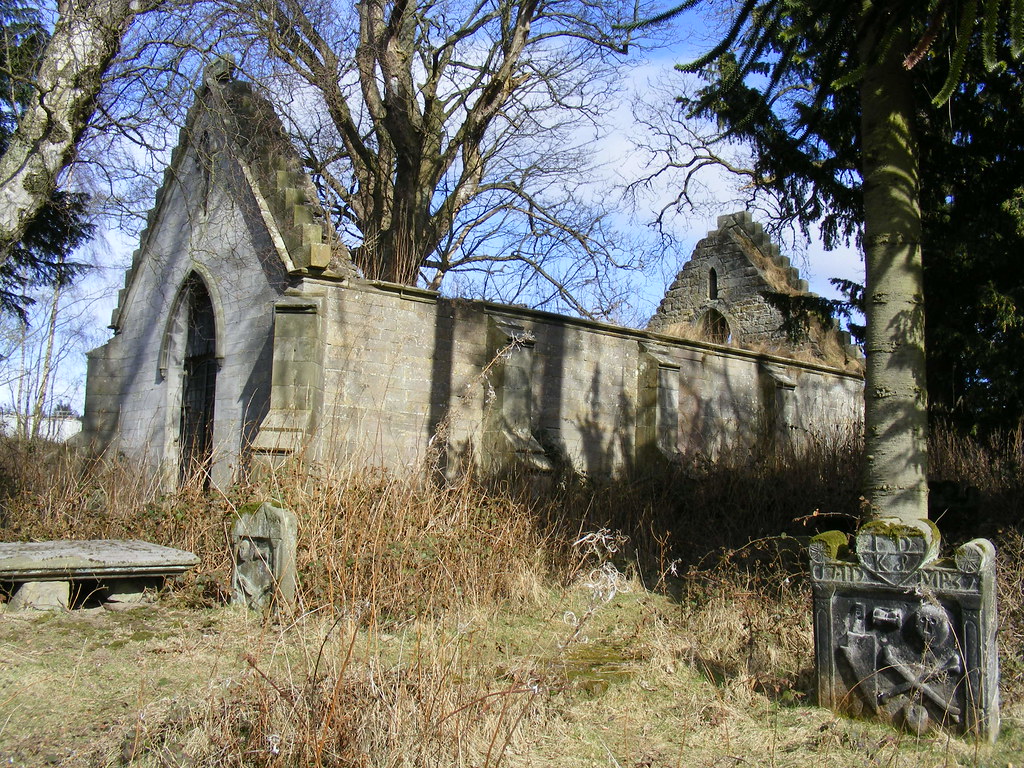
I've never seen this grave, but I know its in Henley-on-Thames near where I live, its the grave of the Singer, Dusty Springfield.
Dont have a picture of it, and its not of anyone famous, but its quite a touching story, I think it was about a Railway Man. The railway man died but his dog was so loyal to him, that he stayed by his masters grave, until he also died....
(similar to another one I know, but that has nothing to do with graves :/)
Shakey
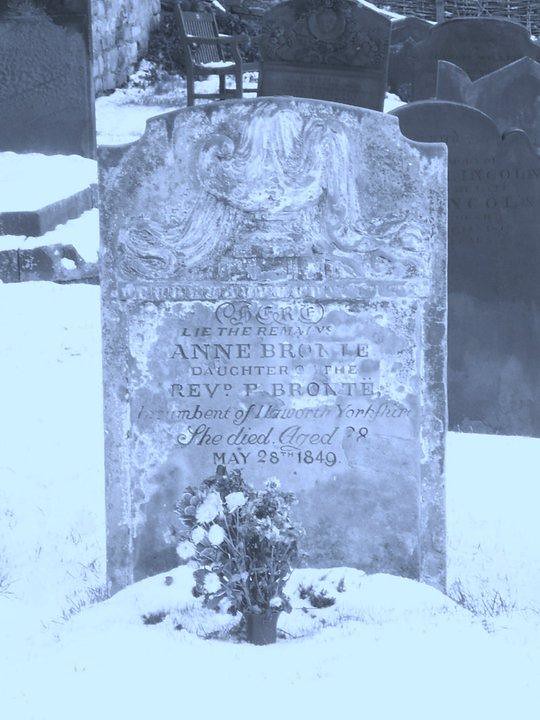

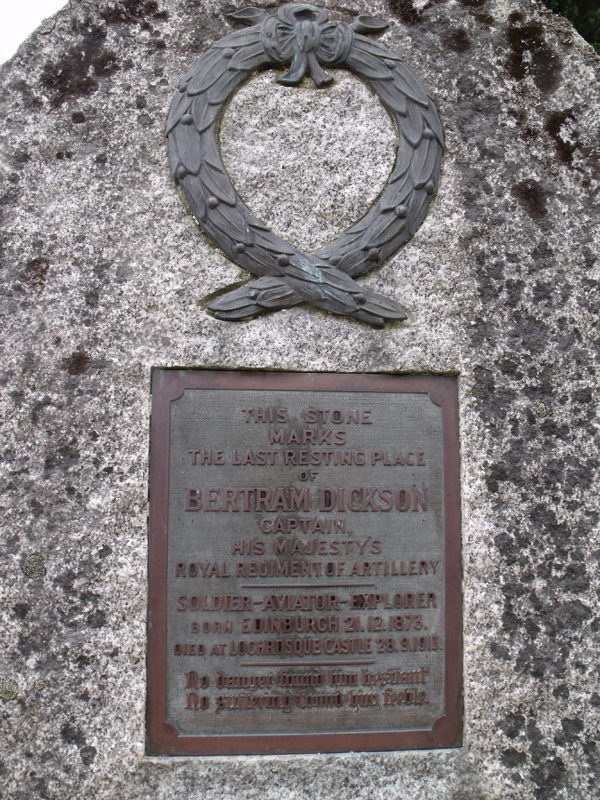
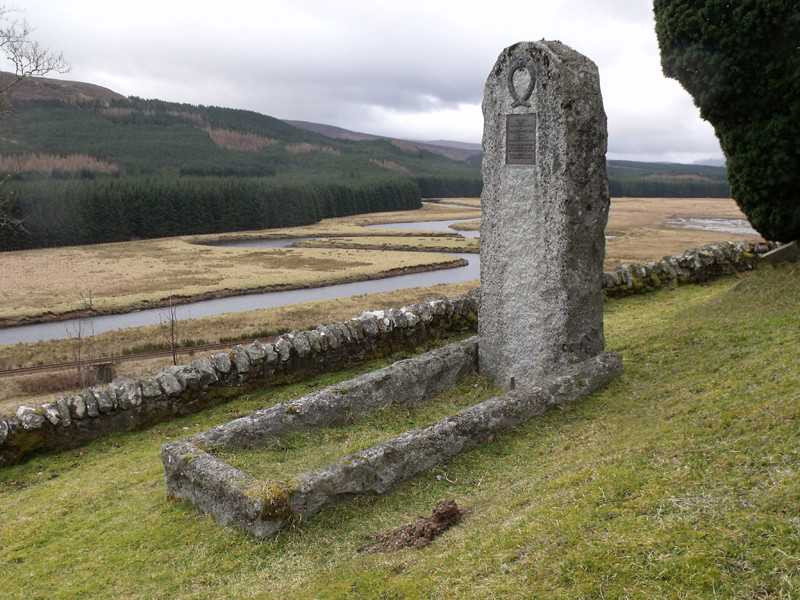













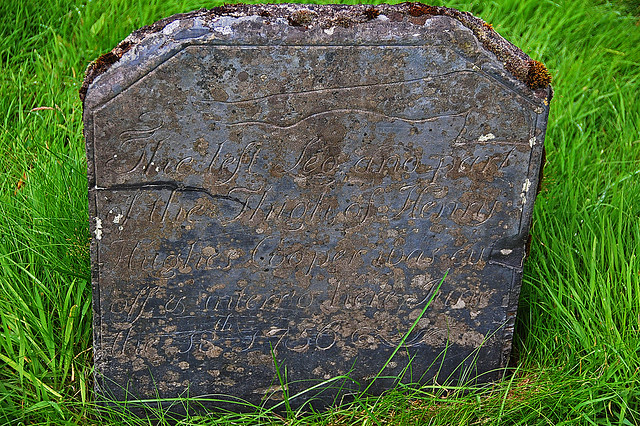

BLIMEY Mr C !!! That is some admission on a public forum !!!I should do this quick and be back in time to go home with my wife who was on some doggy activity in the village hall.

The grave of T E Lawrence , as in 'Lawrence of Arabia'

N.









Enter your email address to join: